The last class photos have been taken, the classrooms have fallen silent, and the key has been turned to lock Walker Road School for the final time.
As 126 years of schooling ends at Walker Road, we’ve taken a look back through our newspaper archives to the early days of a prominent city school, which once had the biggest roll in Aberdeen.
It was one of many buildings designed by eminent Aberdeen architect Robert Gordon Wilson.
Victorians never shied away from scale, grandeur and ornamental detailing, and Walker Road School was no different in its design.
A handsome building with neat rows of windows to flood classrooms with light, its crowning glory was the central square tower.
It was named after the road it stood on, which in turn was named after Lord Provost James Walker.
Read on to see photographs of Walker Road through the years, and hear stories of the many changes it went through, and challenges that were overcome.
March 8 1897: Walker Road School opened
Walker Road School opened to pupils on March 8 1897 with James Campbell as headmaster.
Of the nearly 600 new scholars, 41 pupils were in standard (year) 6; 83 in standard 5; 96 in standard 4; 72 in standard 3; 52 in standard 2; 100 in standard 1, and 146 infants.
Most of the children previously attended the old school in Torry, but others came from Marywell Street and Ferryhill Schools in Aberdeen. A handful transferred from schools in the city centre.
An experienced head, Mr Campbell came to Walker Road School from his previous post as headmaster at Frederick Street School.
His assistants were second master William Stormonth and infant mistress Miss Thomson.
The rest of the teaching staff were Mr Wilkie, Miss Hay, Miss Wilson, Miss Forrest, Miss Johnstone and Miss Hay. The caretaker appointed was John Clark.
The formal opening ceremony of the school took place on Monday March 27, and the inspectors said: “The new Torry school is one of the institutions of which the citizens of Aberdeen have reason to feel proud.”
State-of-the-art building inside
Aberdeen School Board visited the school first, to toast the new addition to the city.
The huge 15-foot boiler – an Otto four horse-power gas engine – was the first thing the visitors inspected.
Along with the fan which propelled the heat into ducts to heat rooms above, it was cutting-edge technology at the time.
Guests then inspected the ground floor of Walker Road, which had two entrance halls, a gymnasium, manual instruction room, science room, and cookery room “with all the most modern appliances”.
The first floor housed four infant rooms, and four rooms for standards I and II.
The second floor also had eight classrooms. Two each for standards three to six, access to which was “obtained by wide and handsome staircases at each end of the building”.
There were also three “special classrooms” which together could house 195 pupils, meaning Walker Road could accommodate an incredible 1300 pupils if needed.
Aberdeen School Board chairman Mr Knight Forbes complimented the architect Mr Wilson for the “graceful building”.
He said it would be a “lasting memorial of his genius and his taste”.
Early 20th Century: School roll steadily rising as Torry grows
As well as being a school, Walker Road was an important building in the community. The playground was used by the Boys’ Brigade for drill, and the hall used for performances.
It was also a vaccination station for smallpox when Dr Matthew Hay declared Aberdeen “free of smallpox” in 1901.
After the turn of the century, Torry was a fast-growing suburb with a close-knit community. Many residents worked locally in the fishing trade.
The growing population meant Walker Road School was under pressure to accommodate even more pupils.
Already the school board was pressing for an extension to the school.
Mr Campbell left to take on the headship of Marywell and Holburn Street schools in 1909 after 12 years in charge of Walker Road.
In 1913, HM Inspectors of schools in Aberdeen raised concerns about “disturbing”, overcrowded infant classes.
Walker Road was singled out for being overcrowded “in all departments” with classes regularly well in excess of 60 pupils.
Temporary accommodation was erected in 1914 to house classes for cookery and practical subjects.
Walker Road School extended
By the 1930s, the the P&J reported how an “abnormal” increase in the roll saw headmaster William Hendry and the infant mistress receive pay rises to compensate for the sheer number of pupils.
And it was agreed to extend the school in 1934.
The partial reconstruction and extension saw the school entirely powered by electricity for the first time.
The back of the school facing Grampian Road received a two-storey extension taking classroom provision from 24 rooms to 33.
Sadly the wooden Victorian stairs were removed and replaced with concrete steps.
But pupils enjoyed a new “double gymnasium” built at the front, with the previous gym turned into a cloakroom.
And the colour scheme was changed to “sunshine colours of yellow, buffs, and creams”.
Walker Road in wartime
In 1938, the school roll was at 1,600 pupils in 38 classes.
By now the school’s head teacher was Mr Hendry, who had started his teaching career at Walker Road upon graduating in 1900.
He moved onto other schools and was headmaster at Kittybrewster before returning to Walker Road in 1932.
When war broke out in 1939, Walker Road School became a first aid post.
Pupils joined in the war effort on the home front with gusto, helping to save paper and save money.
Troops were also billeted to Walker Road school, but the war also brought the introduction of school meals.
While Walker Road School escaped war damage, unlike nearby Victoria Road, children did have to evacuate to air raid shelters in the playground.
But rather than being scary, former pupil Joyce Ross told the P&J in 2017 that it was fun.
She said: “We filed into the shelter and marched round about it singing songs. The teachers would read us a story.
“We all thoroughly enjoyed these times.”
Walker Road School on the silver screen
In the 1950s, the glamour of the silver screen came to Torry when a documentary was filmed predominantly at Torry Academy in 1954.
The documentary focused on progressive activities of Scottish junior secondary schools.
The school was considered progressive for dedicating time to hobbies like model-building and sewing handbags, in addition to lessons.
But not to be left out, a film crew also shot a more light-hearted movie for children, written by, and starred in, by pupils of Walker Road.
The plot was about a boy who was late for school, a subject that probably didn’t involve too much in the way of acting for many pupils.
Walker Road School already had a star in the making. Pupil Vincent Winter, then aged six, was a child film star who went on to Hollywood acclaim as assistant director of Superman in 1978.
But, alas, he was too young to star in ‘Late for School’, instead 11-year-old Ronald Still played the protagonist.
The last chapter of Walker Road School
In the decades that followed, one notable development was the introduction of indoor toilets at Walker Road School in 1964.
And in 1979, the school hit the headlines when pupils staged a one-day “strike” in protest against issues with school bus services.
That year, pupils looked back at the school’s long history by reading Walker Road’s log books for an Evening Express project.
Much of that research would have paid dividends for the school’s centenary celebrations in 1997.
Walker Road School marked the milestone anniversary with a centenary exhibition, ceilidh and open day.
A special commemorative glass window was unveiled at the entrance of the school.
Depute head Jeanette Andrews paid tribute to the community for making the anniversary “memorable” and “wonderful”.
Now, it is fitting the community has rallied around once more as the school waves goodbye to a long chapter in the history of education in Aberdeen this week.
But Walker Road School pupils are looking ahead to their own futures and starting a new chapter at Greyhope School.
If you enjoyed this, you might like our gallery below:

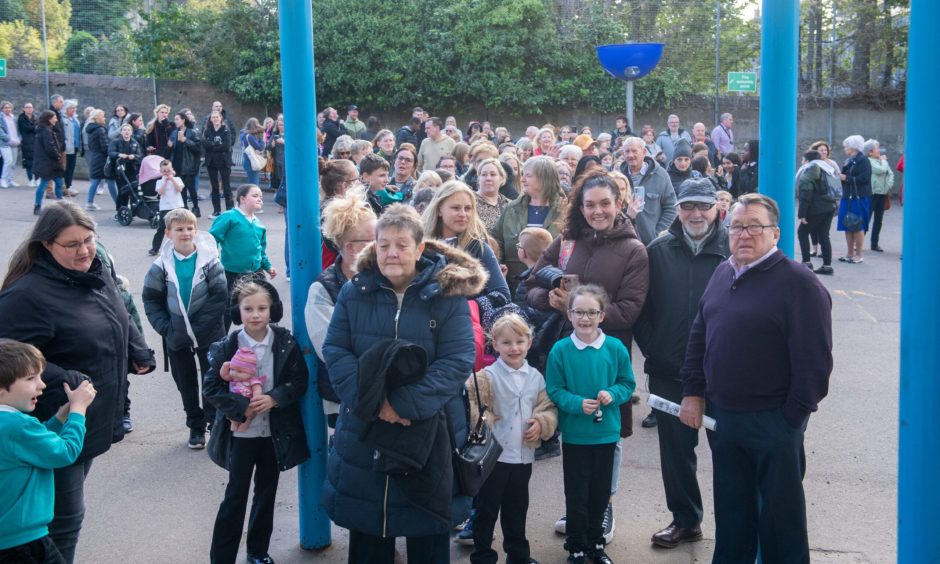
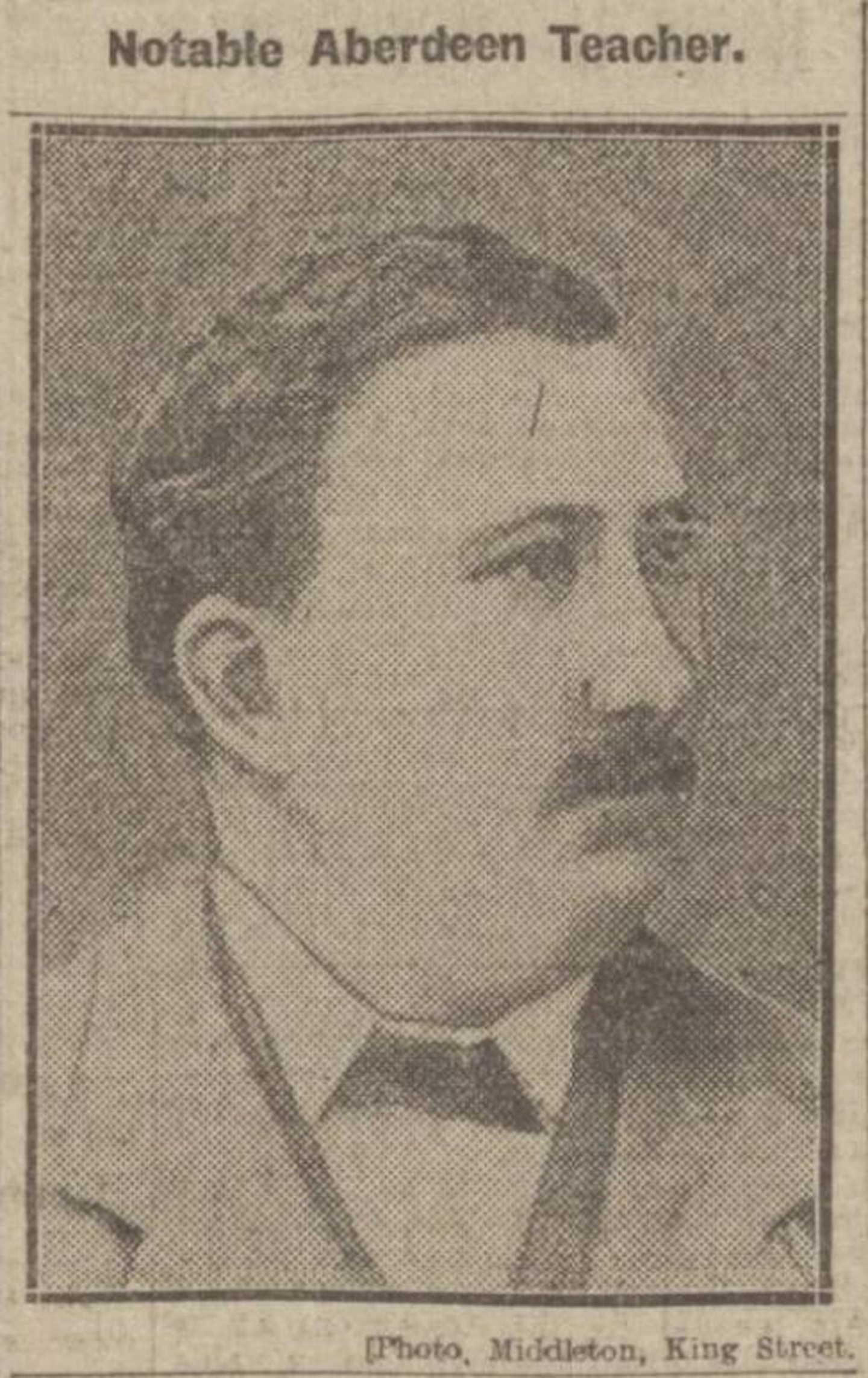
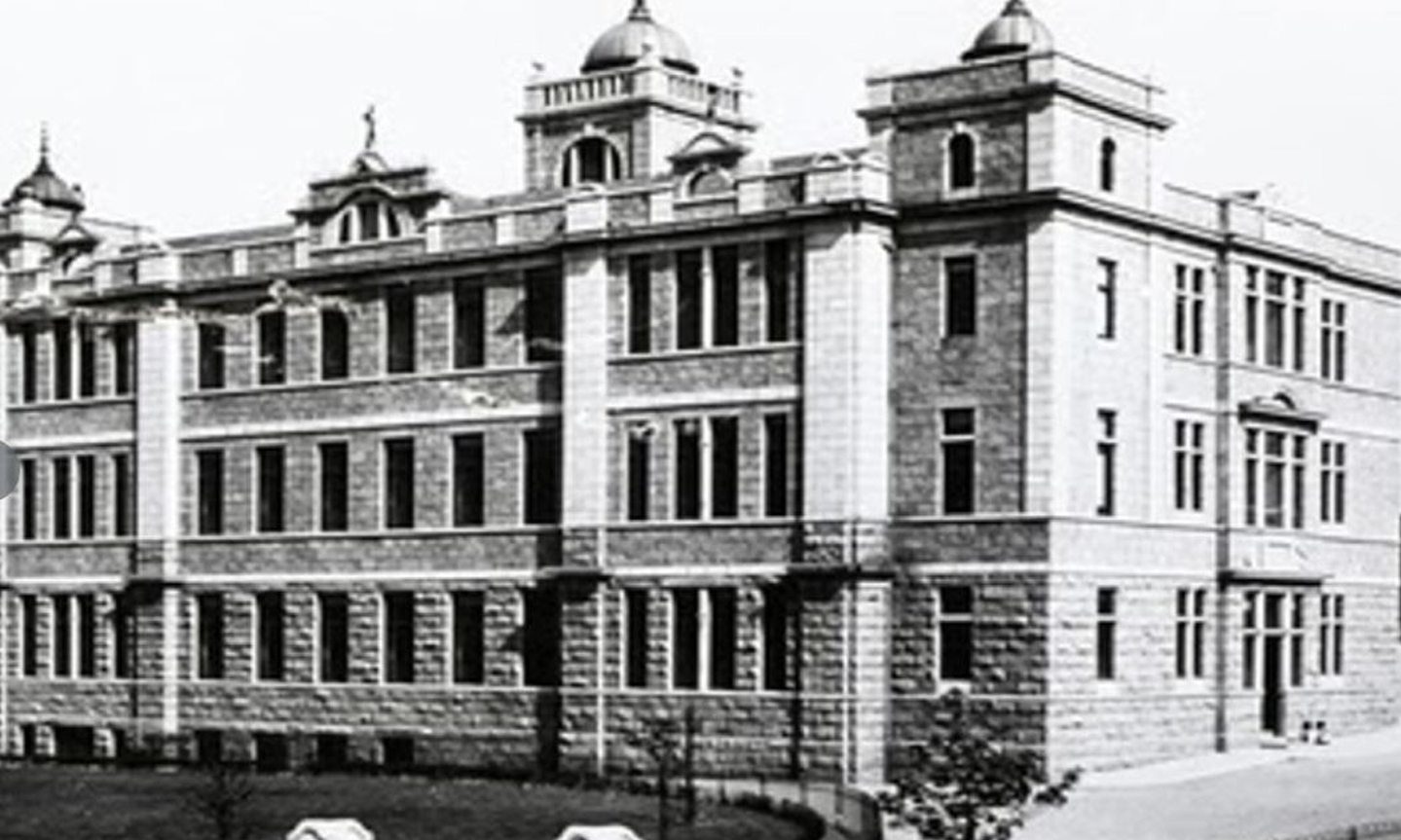
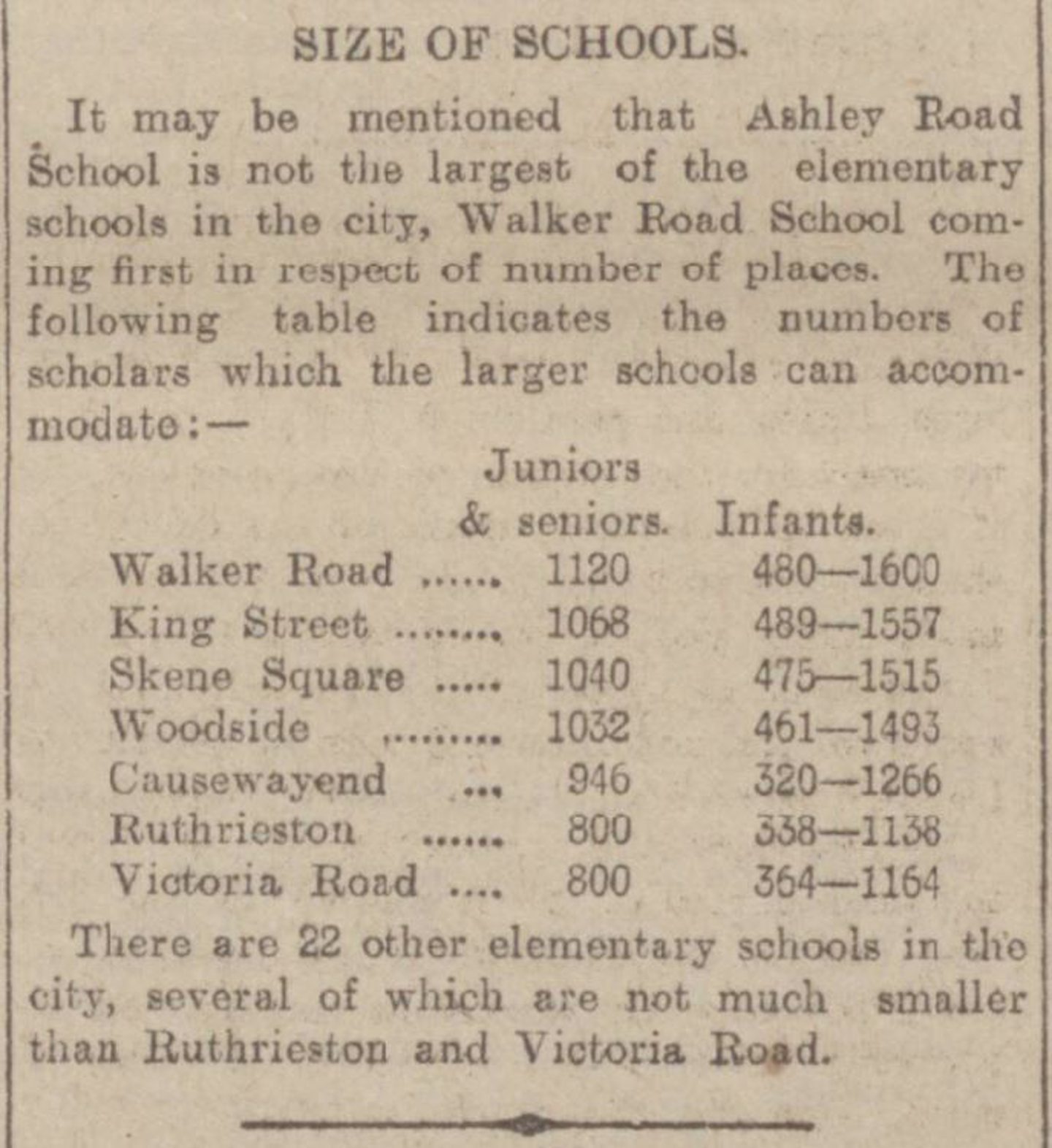

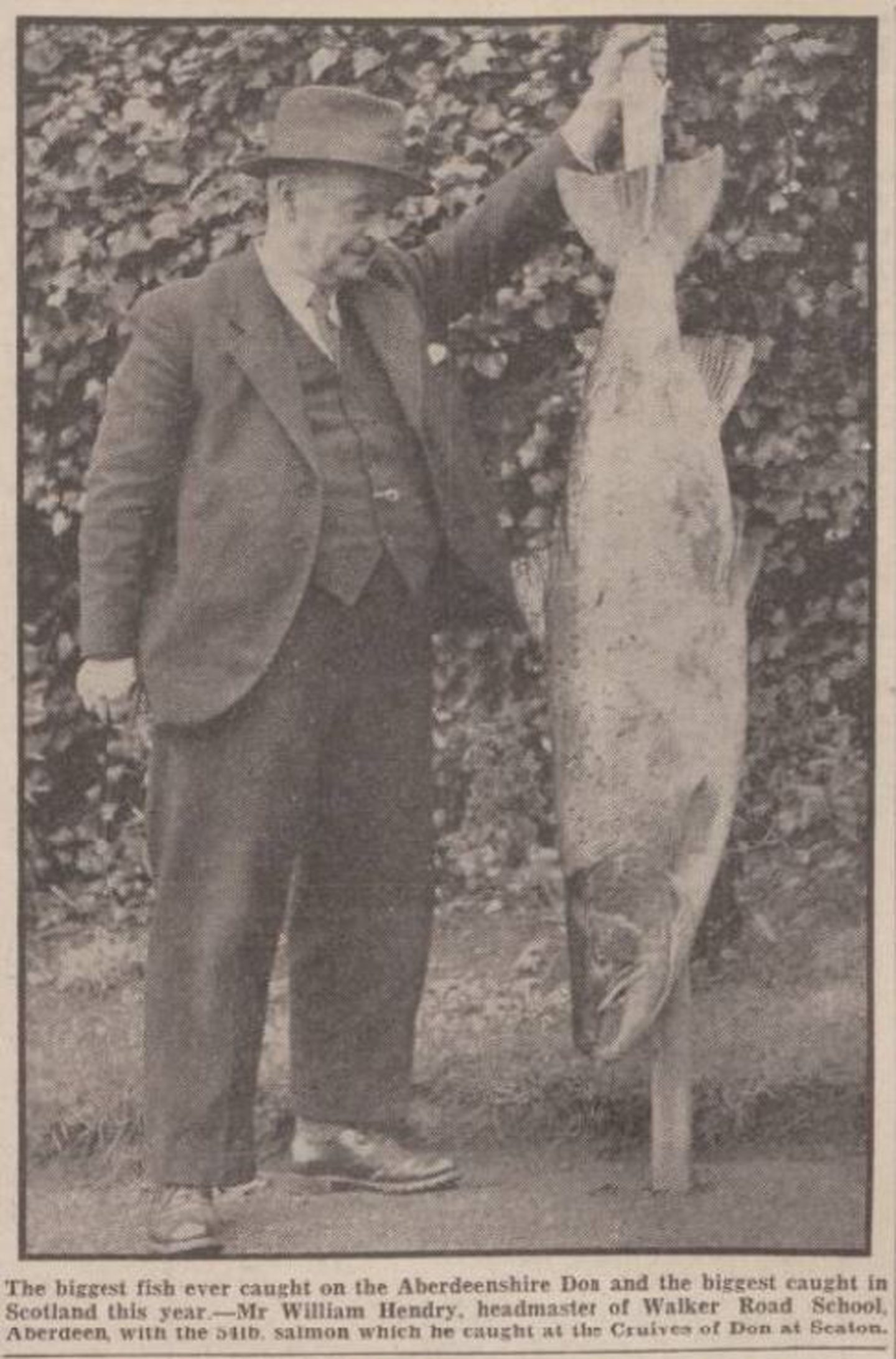

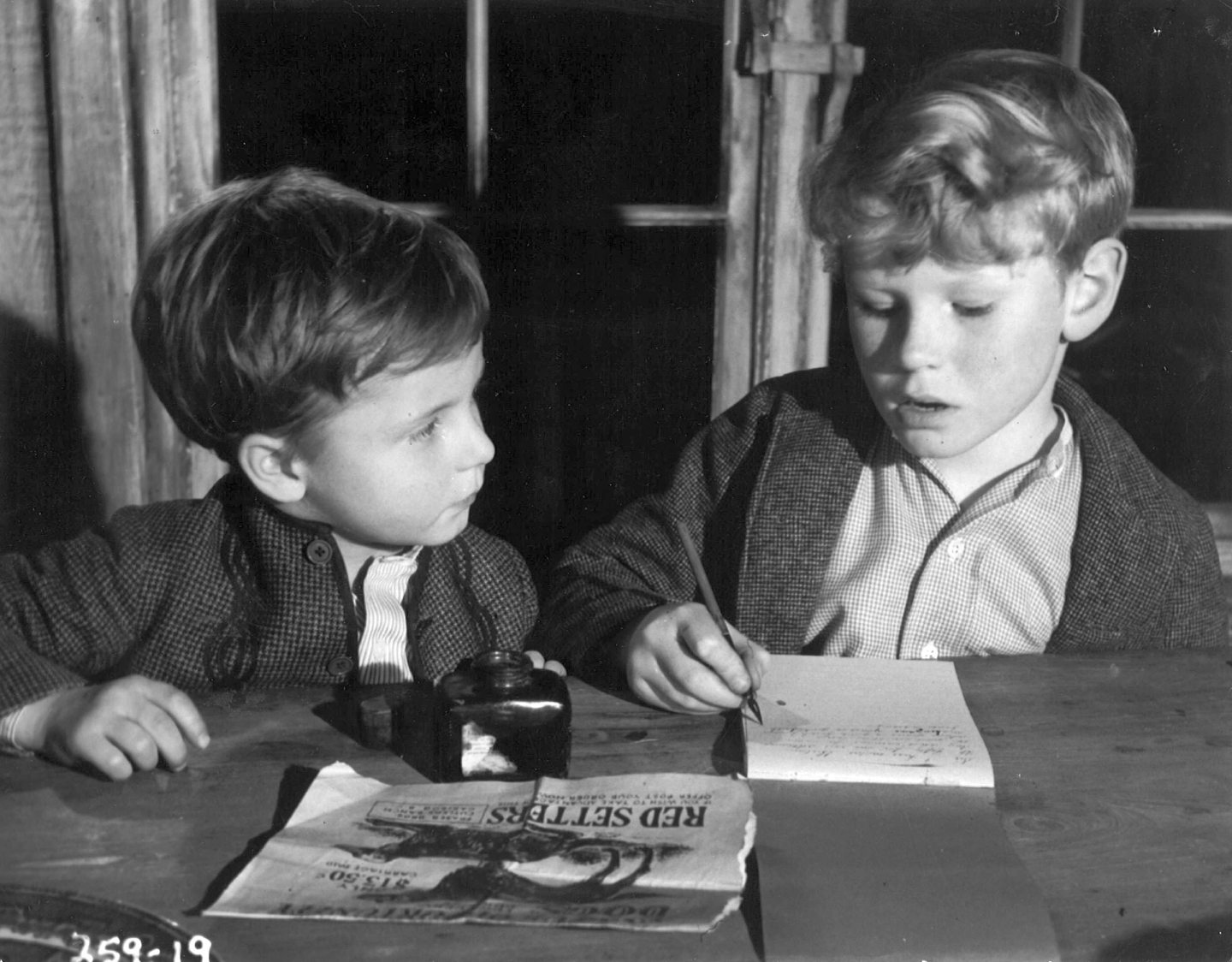

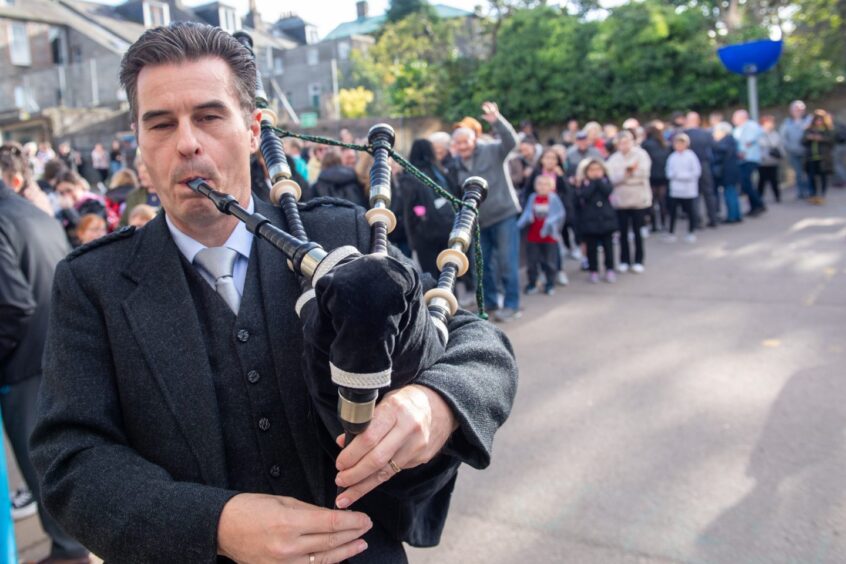
Conversation